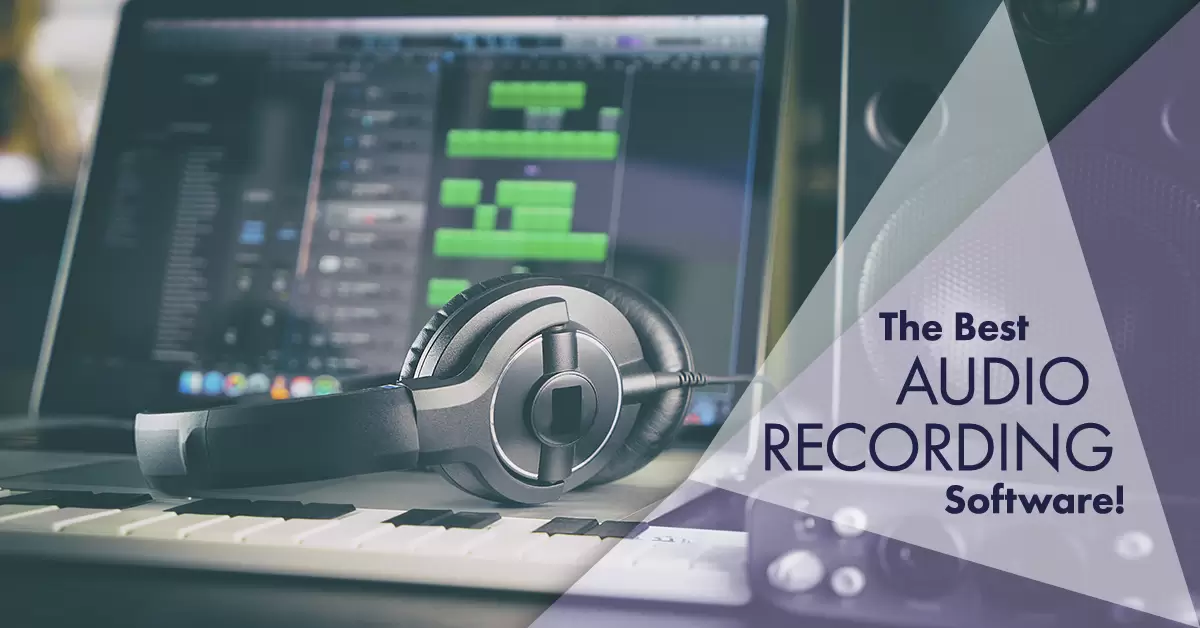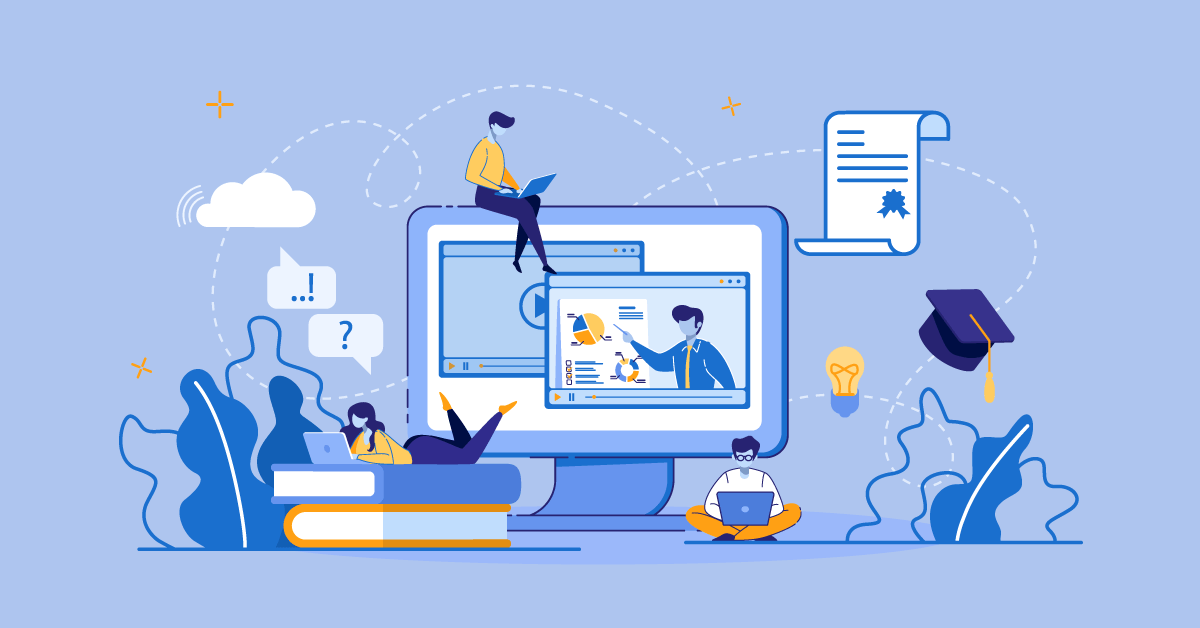How To Choose The Best Audio Recording Software For eLearning
Audio recording software is an investment. Even free platforms require an investment of your time to set up and overcome the learning curve.
As such, you need to find the right software from the start to maximize resources and stretch your eLearning budget. But how do you choose the best tool from the myriad of options that are available? Here are 9 helpful pointers to select the ideal audio recording software for your eLearning project.
1. Identify Your Learning Goals
To find the right tool for the job, you must clearly define the parameters of that job. Why do you need audio recording software? What kind of audio elements do you want to produce, and how is it going to help you create more effective eLearning experiences?
To find the right tool for the job, you must clearly define the parameters of that job.Share on
For example, you need to create audio narrations for your eLearning course to improve learners’ comprehension, or sound effects to increase immersion and grab their attention so that they get the full benefit.
Answering these questions allows you to find the best audio recording software for your desired outcomes, instead of investing in a tool with all the bells and whistles that you don’t necessarily need to achieve your learning goals.
2. Calculate All Costs Involved
This step has two parts: The first is calculating costs associated with the audio recording software itself, such as support services or add-ons that make the tool more effective.
The second involves the costs of equipment. For example, upgrading outdated computers so that they can handle more robust software or purchasing a high-quality microphone. Your eLearning budget should include all the expenses required to produce top-notch audio for your eLearning course.
3. Create A List Of Must-Haves
There are certain features that you need to get the most from your investment. It’s wise to create a list of these must-haves so that you can accurately compare your top choices.
For example, eliminate a few that lack the essentials or determine if they offer add-on packages that address the problem. Get input from your eLearning team to find out if they have any special features they need to effectively utilize the tool.
4. Try Before You Buy
Many eLearning authoring tools offer free trials and demos. Audio recording software is no exception. Take them up on their offer and test drive the tool before you make your final decision. This gives you the opportunity to try out the User Interface and explore the key features.
As a matter of fact, you should have that list of must-haves on hand to ensure that the audio recording software checks all the boxes. Don’t hesitate to ask the software vendor any questions you may have after the free trial to avoid buyer’s regret.

5. Ask For Recommendations
eLearning professionals in your extended network may be able to recommend audio recording software that you haven’t even considered or can help you to choose between a few top contenders.
Ask for suggestions on social media groups and online discussions. You can also ask your fellow eLearning project collaborators for recommendations on audio recording software they’ve used in the past. Another option is to look up reviews and ratings online.
6. Look For An Intuitive User Interface
Your new audio recording software meets all the requirements. But can your eLearning team actually use the platform to produce high-quality audio elements?
This is when an intuitive User Interface comes into play. Ideally, the audio recording software should make it easy to edit your raw material, remove white noise, and cut out unnecessary audio.
In addition, you must be able to export the finished product to external eLearning authoring tools. For example, add your newly created audio narration to an existing eLearning simulation or compliance online training module.
7. Pay Close Attention To Filter Features
An effective audio recording software should have built-in filters. This allows you to omit unwanted elements from your audio, such as white or background noise that distorts the narration.
Some audio recording tools even give you the ability to isolate a particular sound and remove it from the entire file. For example, a continuous clicking sound or the noise from your laptop fan.
8. Save Time With Built-In Special Effects
If you want to get more creative with your audio, you may want to opt for a tool with special sound effects. For example, the ability to add an echo to your audio narrations or incorporate different sound effects into the raw footage.
Some audio recording tools even have a built-in sound effects library, which saves you the time and expense of sourcing the content. For instance, purchasing royalty free tracks from third-party sites, then adding them to your audio file.
9. Is Free Really The Best Option?
There are a variety of free audio recording solutions. However, free isn’t always better. For example, some of these options may include only the basics. Which means you’ll have to pay extra for support services or additional filter/effect packages.
Research the audio recording software carefully before making your final decision and weigh the pros and cons. Is it really cheaper to opt for a free platform, or will you end up spending more in the long run?
Keep in mind that audio recording software is only part of the equation. You also have to find the best equipment for the task, as well as the ideal recording conditions.
Take time to research microphones and pop filters in your price range. Then set up your studio in a quiet location free of distractions. This gives you high-quality material to work with your new audio recording software.


